I recently posted an older painting on IG with some close up detail shots. I asked what people’s interpretation of it was without revealing my personal intention behind the idea. I had a few people chime in with their thoughts and some gave me a new perspective on the piece myself!
In a previous Muddy post, I exposed the timeline of the process for one painting. (see that post here) I thought it might be fun to zoom into just the idea and elaborate how and why I landed on the composition for “The Creation of Eve”, and reveal the meaning behind it.
Do paintings needs to mean something?
No. Each person needs to decide what brings them satisfaction in what they make. For some, there needs to be a deeper meaning. Others are content with exploring the process itself. Every element on the spectrum of making is valid! Personally, there are times I lead with an idea, or I may find the idea while I make it, or I’m trying out a new physical process for paint application, and sometimes it’s just “stuff that looks cool together” or “I like these repeating shapes”
In the case of “The Creation of Eve,” I had a very clear deeper meaning behind it. I don’t always publicly explain the ideas because I purposefully try to keep meanings somewhat ambiguous. Someone once said that your goal as an illustrator is to lead the viewer to the exact visual conclusion of what you are creating. Think of directing someone to an exact X and Y location in 2D space. However with an “fine art” or “personal voice” piece, your goal is to know your exact location but the final destination for the viewer is a range of 3D space. Even if they can end up exactly where you wanted in 2D space but if you look at it from another angle, they’re in a different Z-space. This is a result of the infinite variety of experiences and knowledge set that your audience is coming to the table with. All you can do is use your experience, your language, and the things that make you tick, make a piece that resonates with you, and the rest is up to them.
The beautiful part is that your single painting ends up existing as multiple versions. The number of versions is the number of people who see it and draw their own conclusions. The act of someone experiencing it creates a new version of itself. Multi-verse anyone? (Recommended reading: Painting and Reality)
Hey Julie, Why did you make “The Creation of Eve”?
I made this in 2017/2018. In the development of my artistic voice, it was kind of like my artistic teenager years. It was hit or miss and I was tying out a bunch of different things. Much like actual people, I believe our artistic voice has to go through the same maturing process no matter how old you are when you start.
As a developing artist, I was not only beginning to explore representational art in history, but honestly I was paying close attention to a lot of the paintings that were being done and being shown in galleries/magazines. I was disappointed to see that a lot of the work portrayed women (nude or not) in passive roles. Some were overtly sexualized (surprise!), some were not… but the vast majority of them were just sitting, or standing, or laying there DOING NOTHING.
This is completely contrary to what I have experienced in my daily life. The women I experience in my life were all active doers, makers, movers and shakers. The hardest working person I know in my life – my mother, the person who inspired and mentored me while I developed my graphic design and video editing skills – Annie, the person who first took me on as a freelancer for her business when I moved up to Boston – Kristen, the woman who single handed started the school I now work at – Cindy, the lawyer and advocate who inspired my first portrait painting – Lydia… and the list goes on.
I was so frustrated with seeing minimal representation of women in action. The least I could do was contribute. Be the change you want to see in the world, right?

Creation of Eve
The Initial Idea
Initially I thought of doing a modern version of “Self-Portrait with Two Pupils, Marie-Gabrielle Capet and Marie Marguerite Carreaux de Rosemond” is a 1785 self-portrait painting by Adélaïde Labille-Guiard depicting the artist with two of her pupils. It showed a woman in a leadership role and uplifting two other women by teaching them the same skills. However, I didn’t want it to be a self portrait because the idea would slowly be swallowed by the wasteland of how I feel about my own appearance (picture Artax in The Neverending Story), so to make sure the idea is first and foremost, I wanted to use other people.

Self-Portrait with Two Pupils, Marie-Gabrielle Capet and Marie Marguerite Carreaux de Rosemond
However, I did like the idea of the teacher/student relationship. It showed women actively working together in a relationship and making something together. So I kept walking down that path.
Blast from the Past
Referencing historic artworks, especially ones that are well known, is a common way to build on an idea and make it even more accessible. The ultimate maker/creator in much of representational art history is God. So what is more recognizable than the Creation of Adam painting??!?! This could be a good framework to hang this idea on.
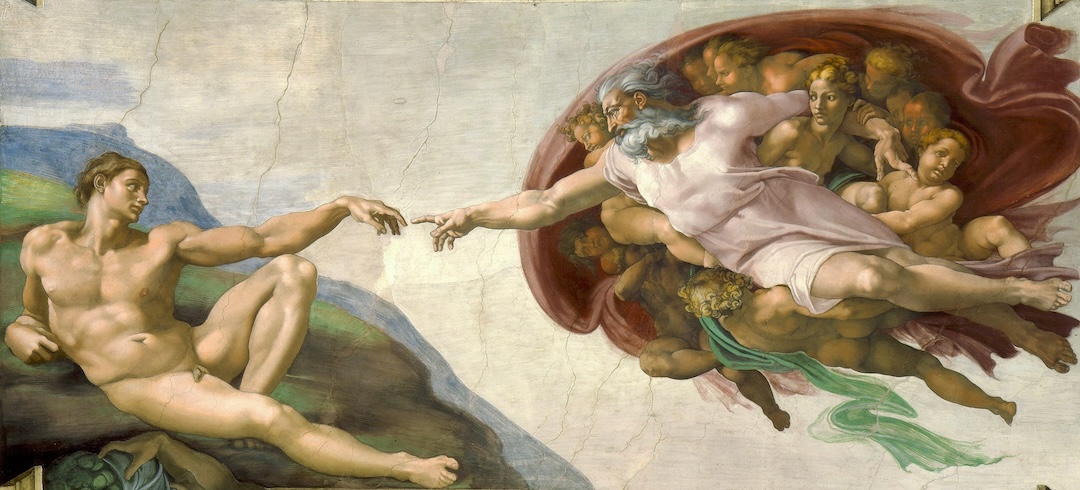
Creation of Adam
Instead of imaginary/fantastical God handing knowledge/consciousness to mankind on earth, let’s ground those figures in reality. The here and now. I’ll take the reality of Adélaïde Labille-Guiard’s painting and pair it with the composition of the Creation of Adam.
The Digital Sketch
I grabbed some random resources online for poses, photo-bashed this horrible monstrosity together. I wasn’t sold on it because… well, look at it. I couldn’t truly judge the concept until I brought it to real life with some actual people in an actual scene. I did like that they were on the floor. This grounded them both physically and metaphorically. Here I have them passing a hammer and having some canvases and easels and other studio equipment behind them.
The Photoshoot
I was fortunate that there were 2 women in my school (Emanuela DeMusis and Rue Laszlo), one who was an instructor and one that was a student, that agreed to do a photoshoot with me. The photoshoot is another way to play with the idea and what it will look like. As soon as we started shooting, I started making new decisions. Margaret Bowland, one of my favorite living artists, often says that you have to listen to what the model or situation is telling you. Trying to impose your initial sketch or idea too hard doesn’t leave you open to seeing the better new thing that pop up. Margaret is a phenomenal artist, I highly recommend you go watch any Youtube interview with her.
I liked the idea of two artists stretching a canvas together so I brought all the tools typically used to stretch a canvas. We shot this in Emmy’s studio.
Changes I made while we were shooting:
- I decide on literally flipping the physical composition.
- I liked the scissors because they had a white handle and they stood out from the brick background
- Emmy had a drawing of a female model propped up against a table. I decided to keep it in there and this made me consider using additional historic paintings of women in the background. I also wanted to check to see if there were women in the Creation of Adam painting that I could include.
- Rue’s shoes weren’t making sense in the set up, so I had her go barefoot like Adam was naked in the original inspiration painting. I liked Emmy having her boots on and added some bad-assery to the more authoritative side.
- While each person brought a few options for shirts, I felt these two shirts complimented the warm tones of the rest of the painting but also mirrored the blue dress in the Adélaïde painting
After the photoshoot, I worked with photoshopping stuff together and after additional push and pull of the design, came up with this as my main reference.
Green Light!
I liked the reference and I knew I could make the wonky parts work. The inclusion of the painted background for “Adam” behind Rue (the student) and the painted background for “God” behind Emmy (the teacher) acts as an obvious breadcrumb the viewer to referenced painting. The pose may have been enough but I also like how it added additional color elements that balanced it out.
The scissors are a literal tool but they are also a stand in for the knowledge/tools/information/skills that the teacher OR peer passes to the student to build something new. Many women have played that role for me and I hope I play that role for others. As mentioned, the white scissors stood out from the darker background but they ended up serving a bigger role. Scissors not only can be used to create but can also be used to destroy.
Not everything has to be so complicated
Most of my work has some underlying topic, theme, narrative or idea I’m exploring but I have paintings now and then that are just abstract play with color, texture and design. Those are just as valid. The allow for me to get more involved in playing with the paint, qualities of repetition, or scale, or other abstract elements. It’s just flexing a different muscle.

The Nervous System (left) and Emblem to Emblem, Impulse to Impulse (right) have no underlying theme or narrative, only abstract relationships
If you’re interested in more of these mini deep dives, I have a couple video version on my Gumroad and hope to do more soon.
Hope this was helpful for you… happy painting!

Creation of Eve



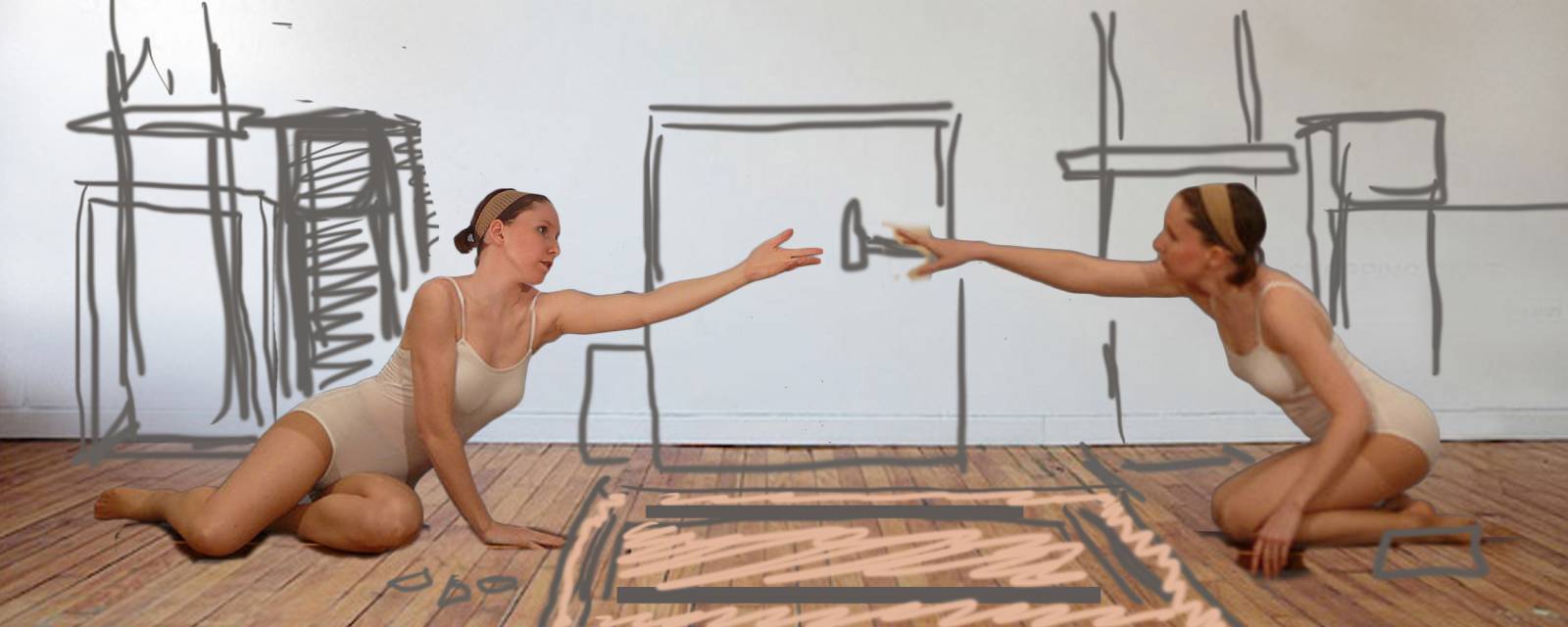
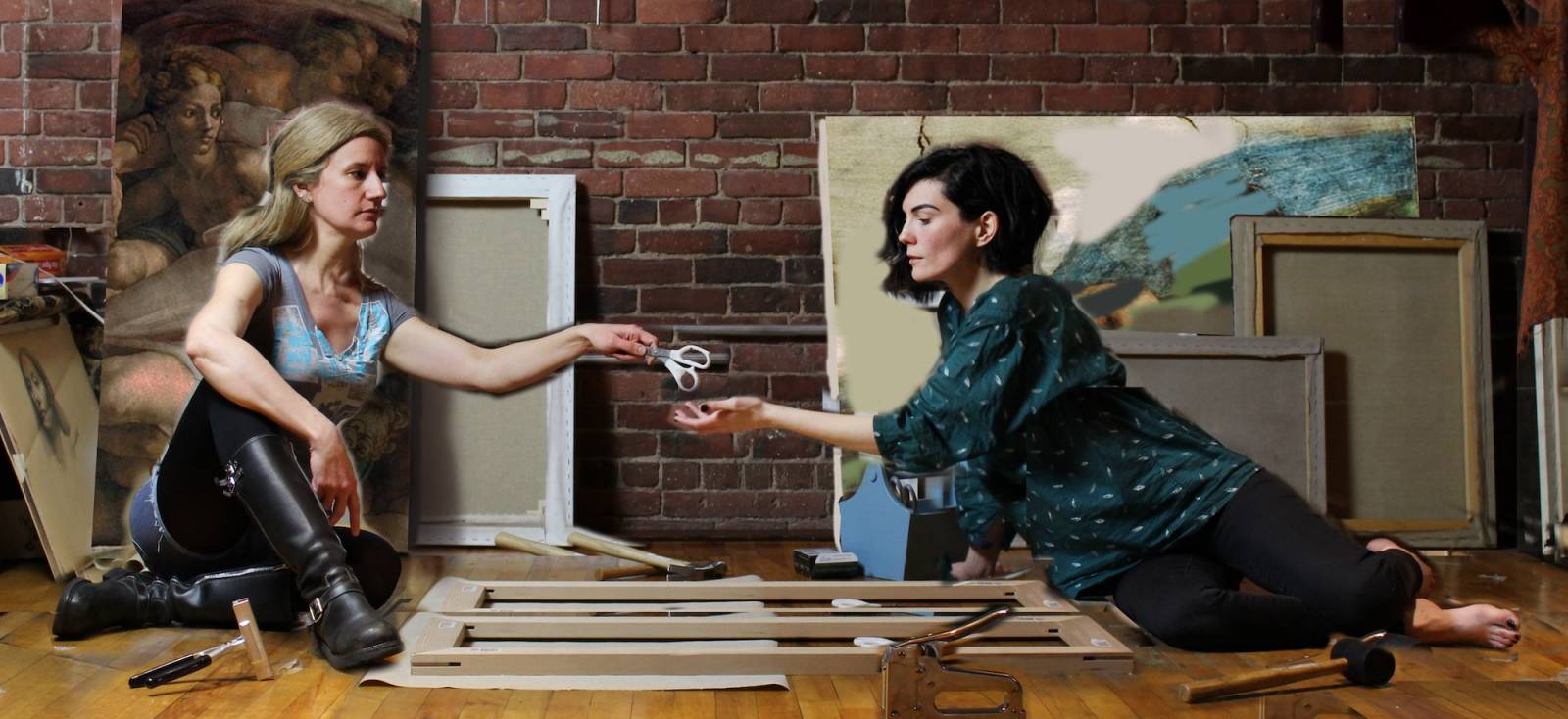
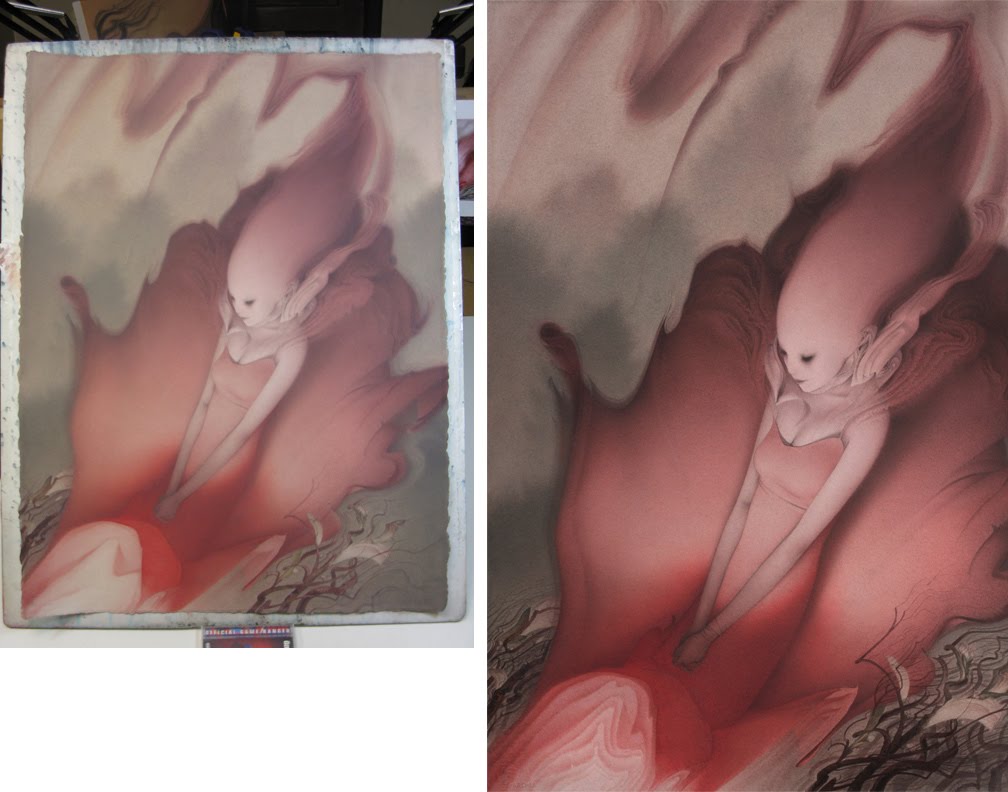
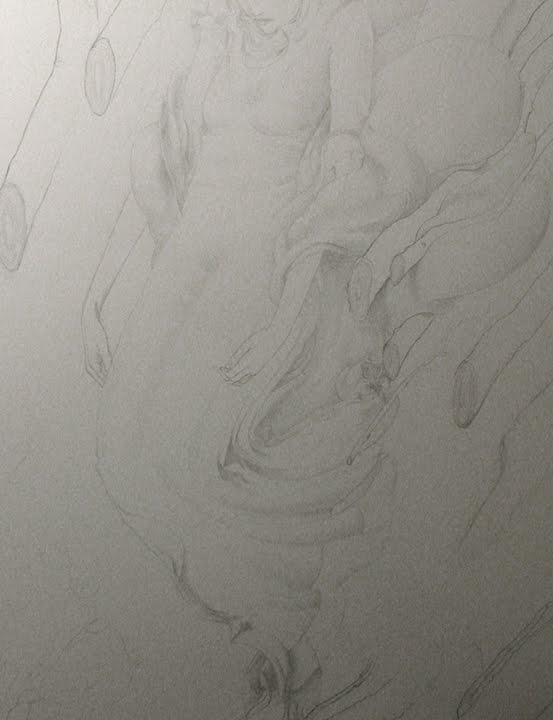
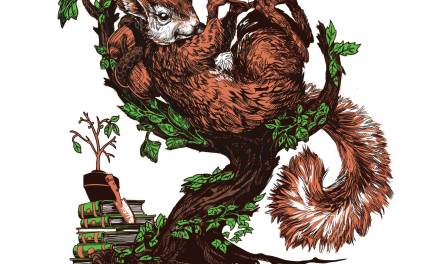
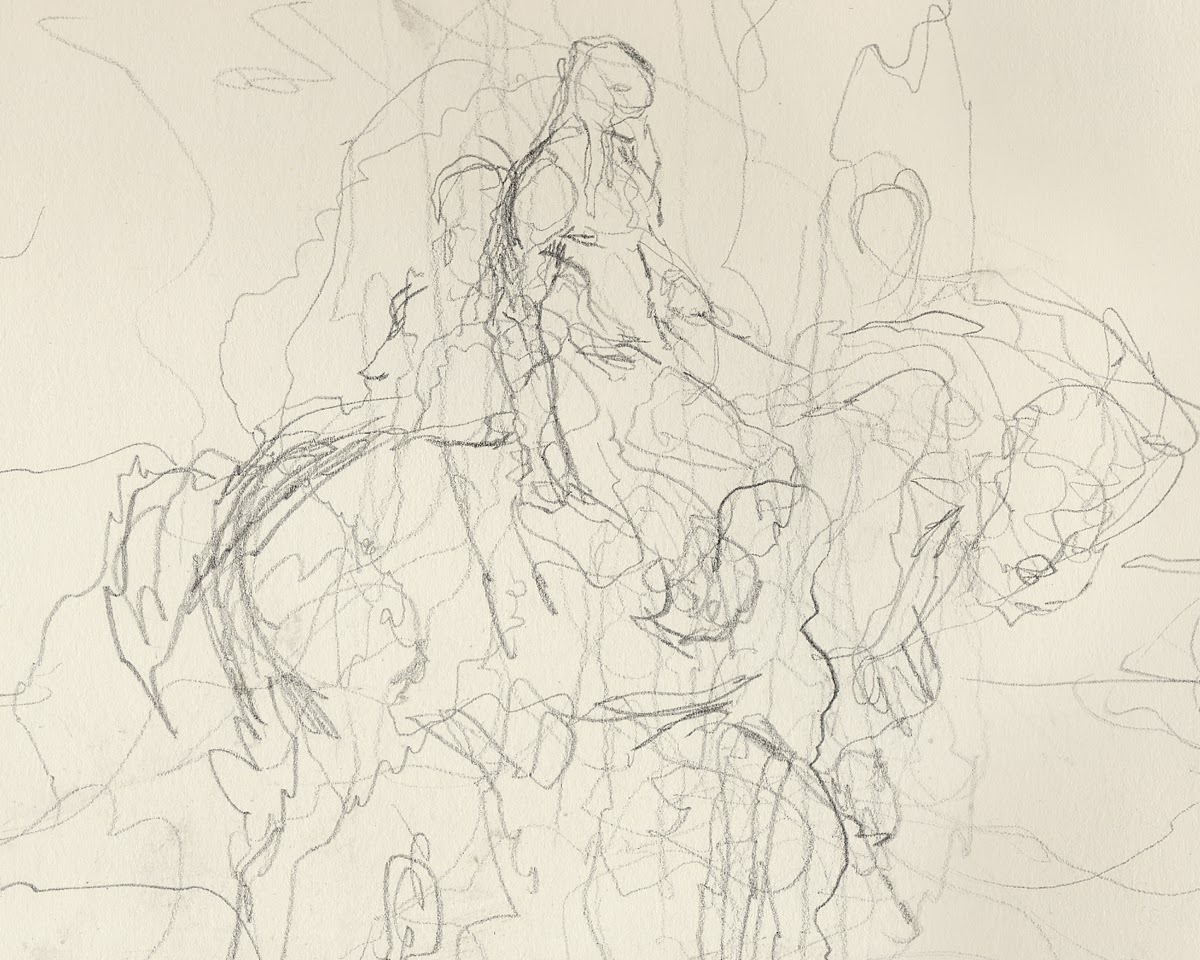
Very nicely done! Love the thought process you put into this. Really like the bold move of outlining “God’s” arm, and hands. That would have normally looked ametureish, but the way you handled it makes it look otherworldly. I think this amount of decision making for a work would serve us all well, but sought, even under the pressure of deadlines.